

 16
16




Landrace Gardening, author
Open Source Plant Breeding Forum, founder
Adaptation Agriculture: Video Course, Community, and Seed Share
To add a review, please begin your reply with "I give this nursery X out of 10 acorns."

 4
4




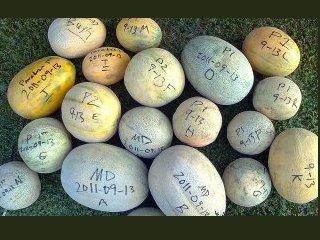





 4
4




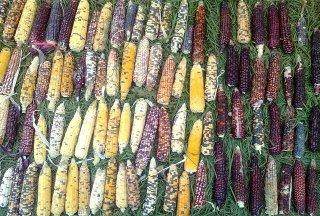
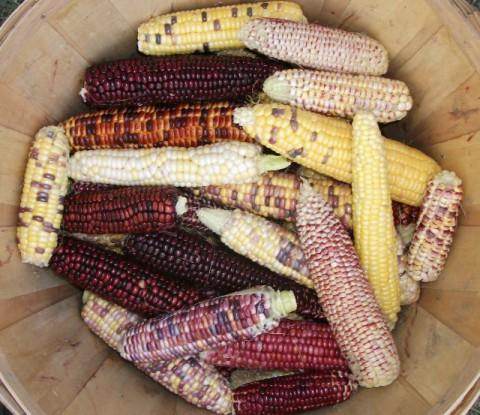


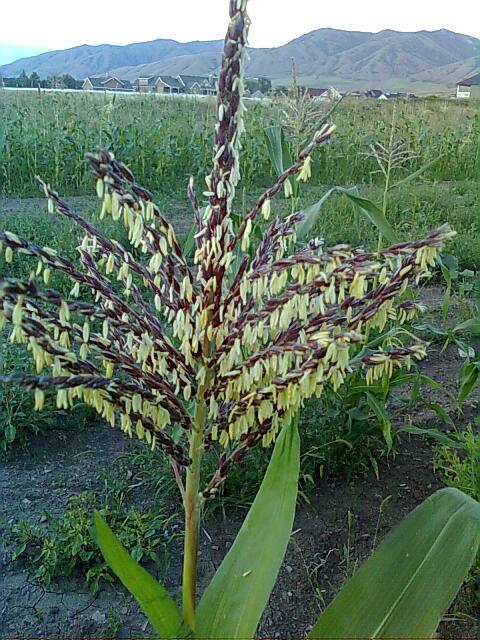
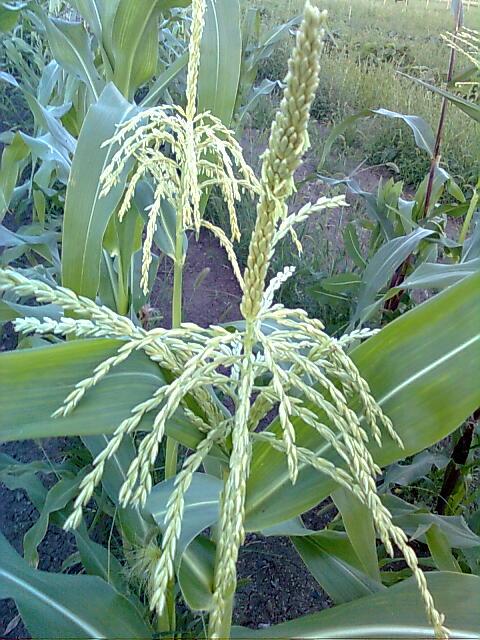
 2
2




"People may doubt what you say, but they will believe what you do."

 6
6




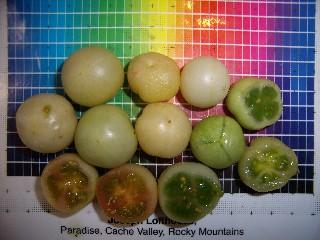
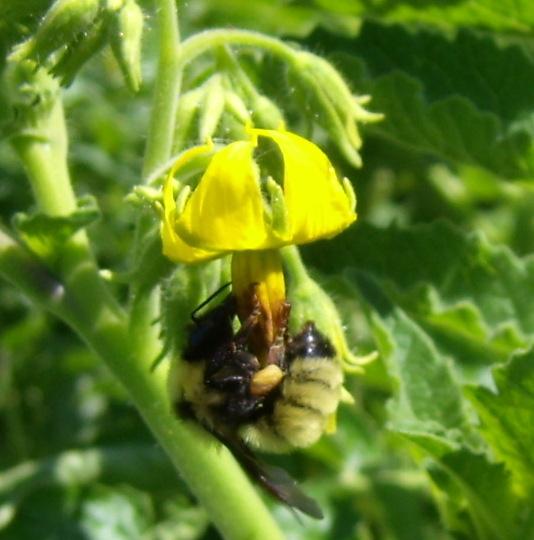
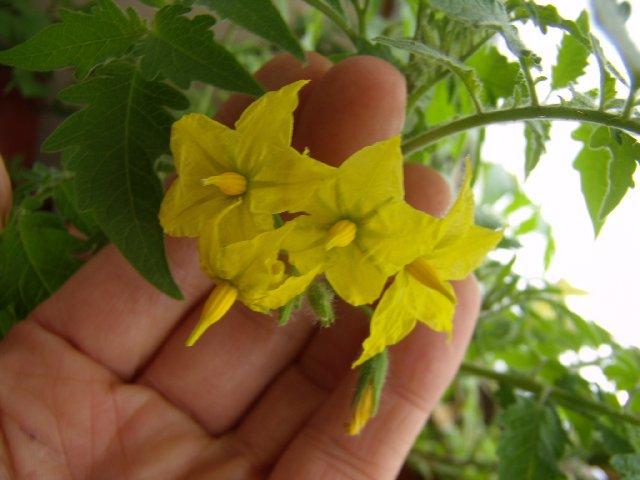




 Sharon Carson
Sharon Carson  4
4




Western Montana gardener and botanist in zone 6a according to 2012 zone update.
Gardening on lakebed sediments with 7 inch silty clay loam topsoil, 7 inch clay accumulation layer underneath, have added sand in places.

 5
5





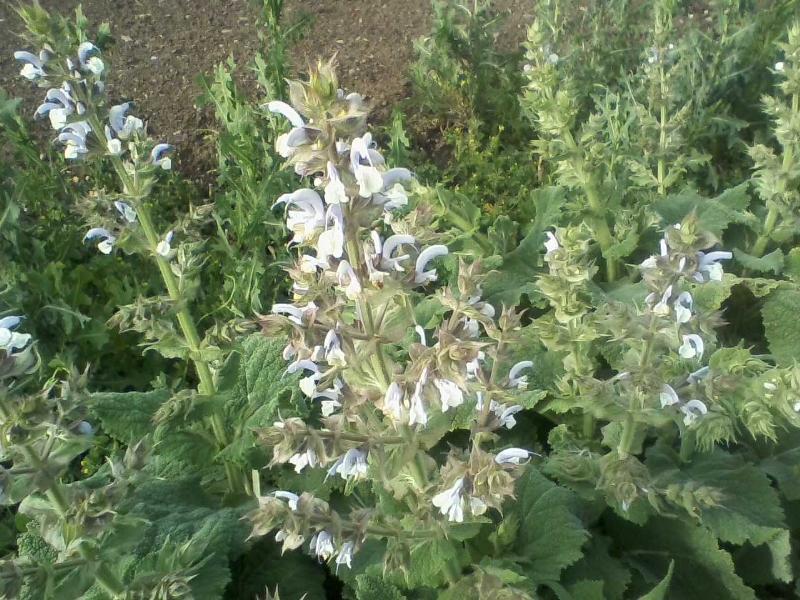
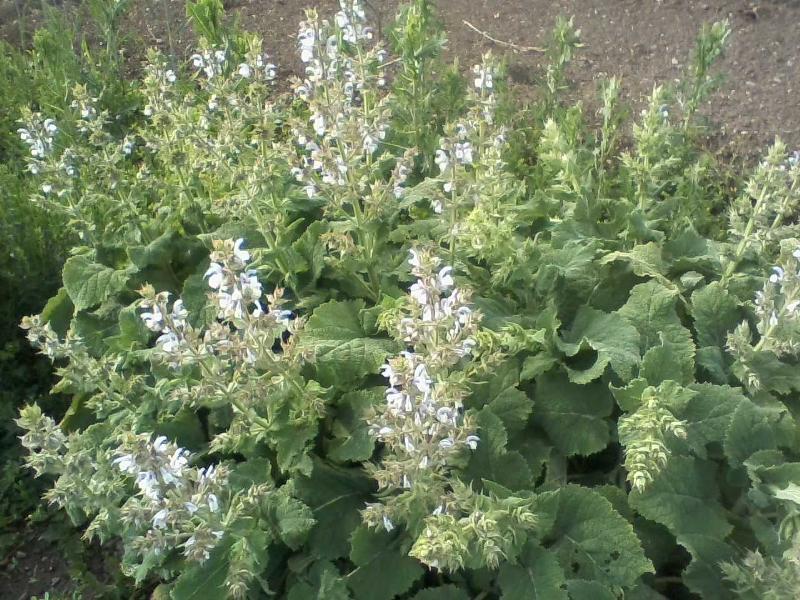
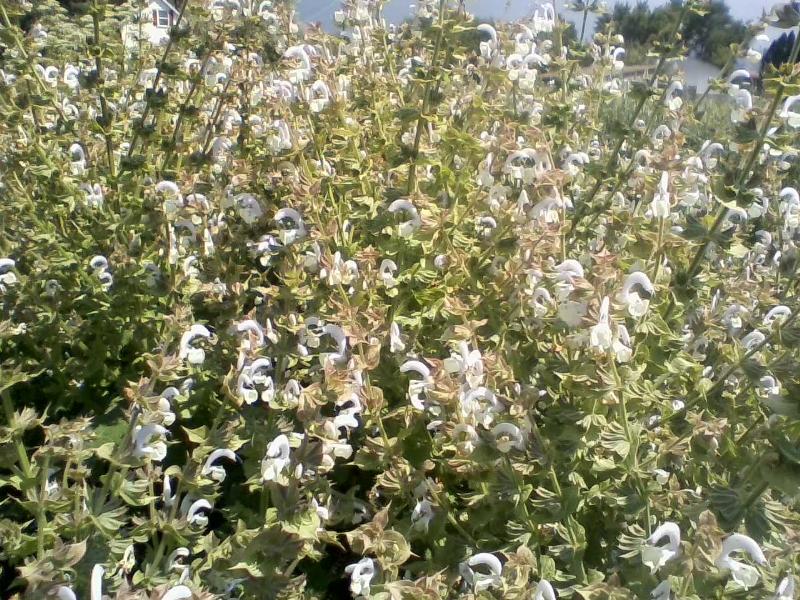









Trish Dallas wrote:Question about the Lofthouse-Astronomy corn- when left to mature and dry, does it tend to produce a good dent or flint corn, for cornmeal, hominy, or such?








Living in Anjou , France,
For the many not for the few
http://www.permies.com/t/80/31583/projects/Permie-Pennies-France#330873




Where you are doesn't determine where you will go, only where you'll start.




Permaculture...picking the lock back to Eden since 1978.
Pics of my Forest Garden




Permaculture...picking the lock back to Eden since 1978.
Pics of my Forest Garden




Standing on the shoulders of giants. Giants with dirt under their nails
 1
1




Tj Jefferson wrote:Joseph, I understand your desire for hard currency. But I will be honest it is just difficult for me to get silver dimes. Is there a backdoor way of doing this like paypal to a neighbor of yours who can make you whole? I would love to get some of your genetics to mix with Southern Exposure stuff.
 4
4




Western Montana gardener and botanist in zone 6a according to 2012 zone update.
Gardening on lakebed sediments with 7 inch silty clay loam topsoil, 7 inch clay accumulation layer underneath, have added sand in places.




Angelica Harris wrote:Glad to see the lovely offerings, I'll be sure to order from you this season, so I'm eager for January when I know the list will be complete. In the meantime, my question is are there any recommendations you have from your seed stocks that would be fun to use in starting off landrace efforts in Zone 8b?
Western Montana gardener and botanist in zone 6a according to 2012 zone update.
Gardening on lakebed sediments with 7 inch silty clay loam topsoil, 7 inch clay accumulation layer underneath, have added sand in places.

 6
6








Permaculture...picking the lock back to Eden since 1978.
Pics of my Forest Garden
 2
2





 5
5





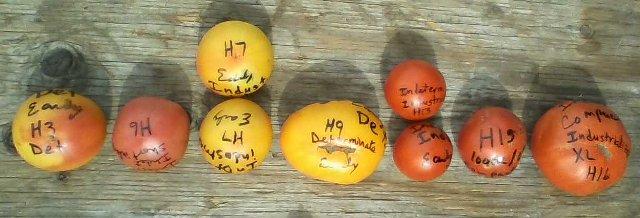
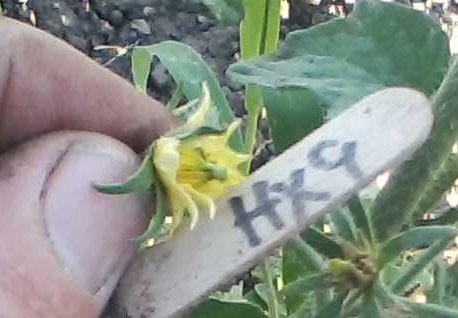

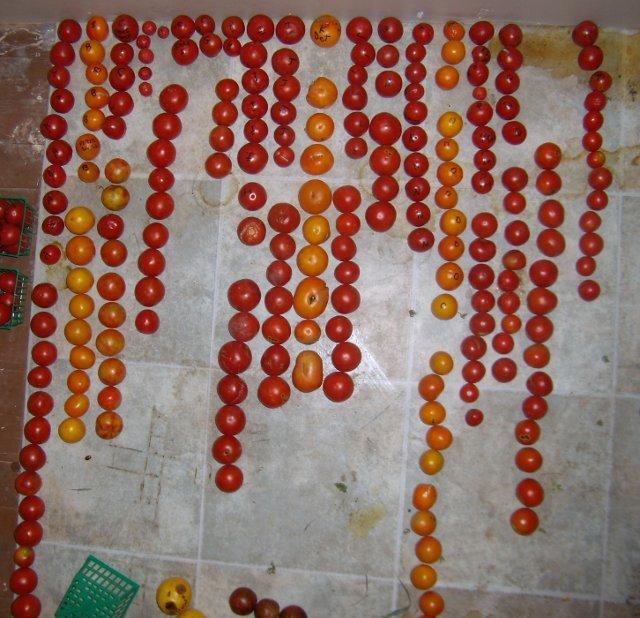


 4
4




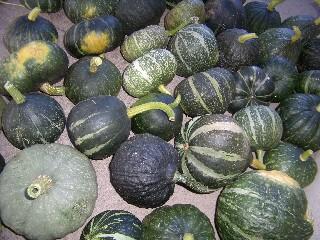
 2
2




 2
2






 2
2




Works at a residential alternative high school in the Himalayas SECMOL.org . "Back home" is Cape Cod, E Coast USA.
 3
3











 5
5




 2
2




Joseph Lofthouse wrote:Interspecies Tomato Hybrids
(source)
The previous two varieties that I showcased have been growing on my farm for 8 and 9 years. I'm also selling seeds from experimental varieties that are brand new. I am releasing seeds of inter-species crosses which are part of my beautifully promiscuous tomato project. I am doing so, in hopes that many plant breeders and home gardeners will join me in selecting for new varieties of tomatoes that thrive across a wide range of conditions. I suspect that if I started culling heavily for conditions that are perfect for my farm, than I would throw away many great traits that might be useful in other gardens. Therefore, the more I share this early on, the more likely we are to find something great.
With this population, I am particularly hoping that people who experience severe late-blight will grow the seeds, and discover varieties that are resistant to late blight.
The genetics of this "variety" are all over the place. Fruit size might be anywhere from 1/4 ounce to 8 ounces. Smaller sizes expected the first few generations. Color might be red, yellow, pink, green, white, purple, etc. The fruits will probably be striped while green. Taste could be anything from a spitter to sweet and fruity when very ripe. Plants might be any shape, or size from dwarfs to monsters. Leaf shape is all over the place: rugose, potato-leaved, fern-like, serrated, habrochaites-like, and lots of intermediate types. This is the generation that is the most fun to work with as a plant breeder.
Part of the Beautifully Promiscuous Tomatoes project:
One of my selection criteria is for huge flowers. Too bad they aren't all like this!

 1
1




Andrew Barney wrote:How has your [Big Hill x wild tomato(s)] crosses faired? Is the seeds sent by Gilbert Fritz the only crosses to wild tomatoes that you have so with Big Hill? I ask because you seemed to really put some effort in Big Hills development




Joseph Lofthouse wrote:
Andrew Barney wrote:How has your [Big Hill x wild tomato(s)] crosses faired? Is the seeds sent by Gilbert Fritz the only crosses to wild tomatoes that you have so with Big Hill? I ask because you seemed to really put some effort in Big Hills development
I consider Big Hill to be my most successful tomato breeding project to date. My signature variety so to speak. It would be really clever if the Beautifully Promiscuous tomato project ended up with Big Hill as a major contributor.
I found 5 plants in the [Big Hill X Neandermato] attempted cross that I am thinking may be successful inter-species crosses. The fruits are yellow/orange, which I wasn't expecting, but I've never made an interspecies cross to a yellow tomato, so I don't really know what to expect. So I'm looking forward to growing out the next generation which might give me a better idea about whether the interspecies cross was successful. Whether they are interspecies hybrids, or domestic hybrids, I am intending to grow them out next year, and reselect for Big Hill phenotype, and probably for a new line with the earliness, taste, fruit color, and size of Big Hill, but on indeterminate plants.
This summer, I recreated Gilbert's experiment, and I also attempted some manual crosses that are [Big Hill X [domestic X S pennellii]]. I planted seeds from those about 5 weeks ago. Going to attempt an overwinter seed grow-out.
I am also growing 5 week old plants which may be [Big Hill X S habrochaites]X[domestic X S pennellii].
I'm going to attempt to ID successful crosses by phenotype. So wish me luck. My eyes want to spin out of my head sometimes, looking at all the different leaf shapes, and flower shapes, and fruit colors, and fruit shapes, and trying to see ancestry in them. Sometimes it's trivial, sometimes really complex.
So yes. I'm intending for Big Hill to become fully integrated into my Beautifully Promiscuous Tomatoes.




Joseph Lofthouse wrote:Lofthouse-Astronomy Sweet Corn
(source)
My population is more resistant to pheasants and small mammals.
 3
3




Andrew Michaels wrote:
Joseph Lofthouse wrote:Lofthouse-Astronomy Sweet Corn
(source)
My population is more resistant to pheasants and small mammals.
How does a plant become resistant to animal predation?
The plant doesn't taste as good to them because it has some sort of natural pesticide in it? It becomes harder to chew?
Western Montana gardener and botanist in zone 6a according to 2012 zone update.
Gardening on lakebed sediments with 7 inch silty clay loam topsoil, 7 inch clay accumulation layer underneath, have added sand in places.

 2
2




Andrew Michaels wrote:How does a plant become resistant to animal predation?

 8
8




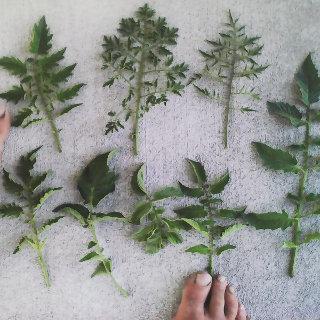

 2
2




Joseph Lofthouse wrote:These are part of the polyamorous, and panamorous tomato breeding project.

 6
6








 I need self-pollinating varieties for my greenhouse. Your seed info page says they're "promiscuously pollinated", is this self-pollinating?
I need self-pollinating varieties for my greenhouse. Your seed info page says they're "promiscuously pollinated", is this self-pollinating? 
|
What could go wrong in a swell place like "The Evil Eye"? Or with this tiny ad?
The new kickstarter is now live!
https://www.kickstarter.com/projects/paulwheaton/garden-cards
|









